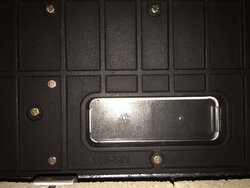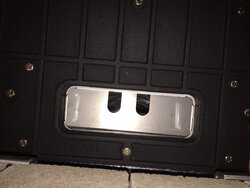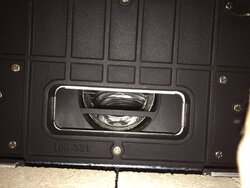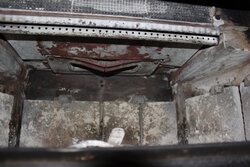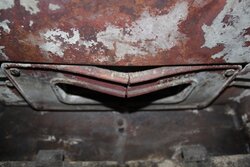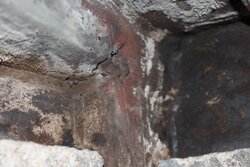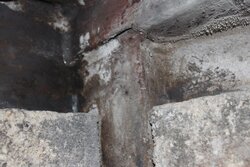fire245
New Member
just a quick tip, if you want to reduce the primary air and the restrictor plate was shipped in your unit or added, you can slide the plate up a little and retighten the two bolts. Kc regency dealerWell, the adventure continues... I tried the experiment of completely plugging the "boost air" outlet on the inside lower lip of the firebox. I had some Roxul Rockboard 60 mineral wool insulating/soundproofing panels and I cut a small square and just wedged it in front of the air outlet. The air nozzle is a semi-circular slit about 5mm high and 15-20mm wide so one could accomplish the same by wedging a piece of fiberglass gasket material in there. It's probably still not a 100% airtight seal, but pretty close. This definitely enhanced the overnight performance of the stove. I started at 7pm with a few leftover coals from the night before (20+ hours prior). I placed the piece of Roxul and put 3 3" diameter 16" logs on the coals. Within a few minutes fire was going and I closed the glass door. After about 10-15min I closed the bypass and shortly after the cat started a glow dull. I then damped the air control to about 2/3rds closed. Good steady small flames with glowing cat. Took a look outside - no smoke at all. 3 hours later there was still some of those logs left and spread out the remaining and loaded for overnight. This time I placed 8-10 3-4" diameter 16-18" logs (kiln "dried" about 15-17% on MM). I arranged the bottom layer EW and most of the rest either diagonal or NS. This had the firebox about 2/3-3/4 full. I did the same procedure as before and had the bypass closed within 10-15min with a brightly glowing cat. I slowly damped down the air control over 15-20 min from full open to fully closed. At that point there was hardly any primary combustion visible - just a few orange flickers here and there but the secondaries were going crazy plus the cat continued to glow very well. The secondaries were particularly mesmerizing - yellow/blue flames in the back of fire box, around the secondary airtubes near the catalyst flame guard, and from the air wash with secondaries right up against the glass (kept the glass quite clean). I watched it from 1030 to about midnight like this. At 5:30 this morning there was nearly an entire log left and still had some flames going. Heat output with fan on low was still hot. Overnight low was 42 and middle part of the house was 69 deg. I threw three large logs on the nearly-white-hot coals and flame took off in about 10 min. Closed bypass and left air control about 2/3 closed before leaving for work.
Up to now I had never maintained continuous flame activity overnight - I had always just seen the red coals in the morning. I am going to try this experiment a couple of times.
I might fashion a sort of pinhole primary boast air nozzle with a stainless steel washer and some high-temp silicone.


